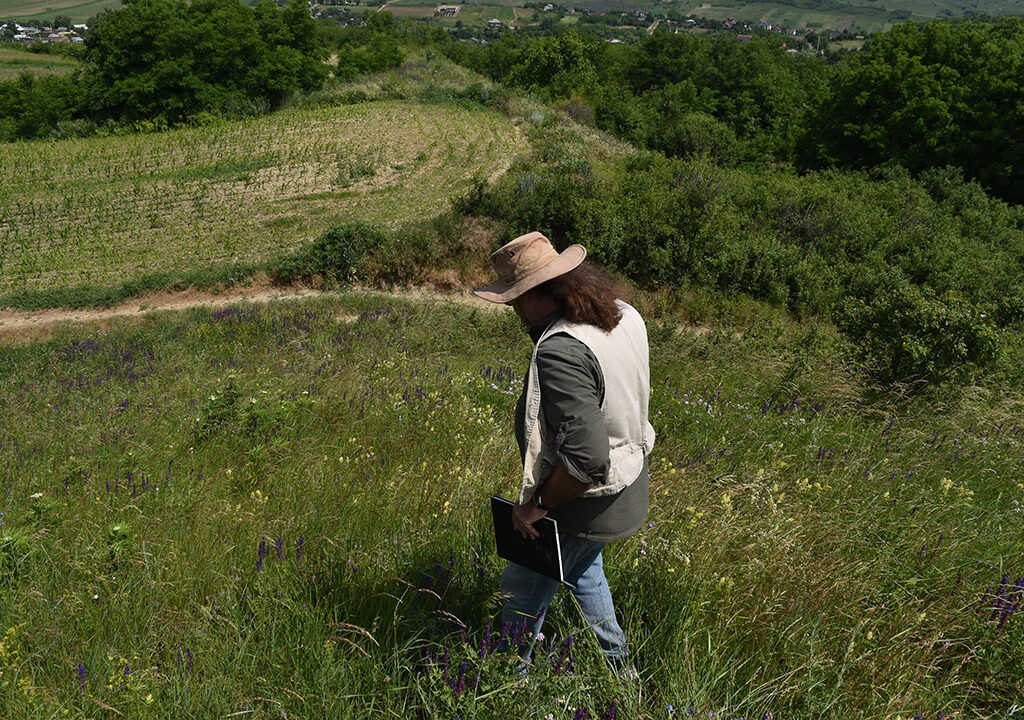
Media Contact: Carmen Ramos Chandler, carmen.chandler@csun.edu, (818) 677-2130
Archaeologist Owen Doonan, an art history professor at California State University, Northridge, spent the summer scouring the forests and farmlands of rural Romania looking for evidence of the indigenous people who lived in the hillfort settlements that once dotted western Eurasian steppe during the Iron Age.
With the help of hobby drones, Doonan and his team of researchers looked for pottery shards and other detritus that indicated what life was like for the people who lived in the region, marked by its relationship to the Black Sea, about 2,500 years ago. What they are finding supports to a growing hypothesis that those early settlers originally lived in egalitarian societies that later developed into kingdoms as a result of greater interaction between culturally different communities.
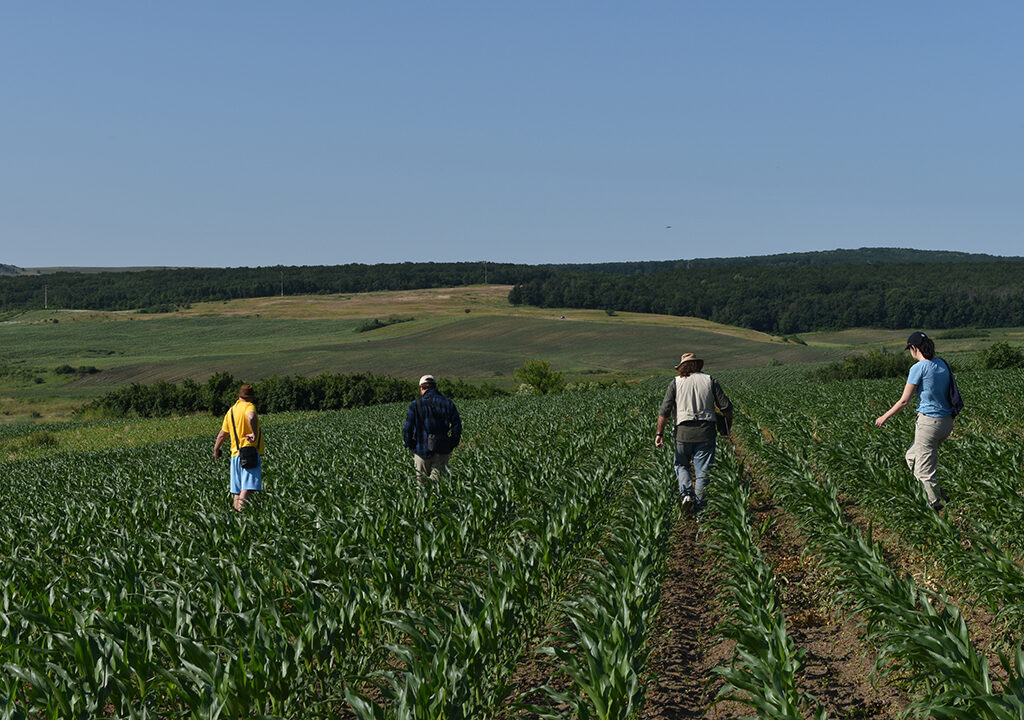
“The hillforts were large settlements that were basically egalitarian and then, over several centuries, in all parts of the Black Sea, they merged into these bigger political formations, like kingdoms,” Doonan said. “By examining these hillforts, or what remains of them, we can get a better understanding of how the people that lived in them related to each other and to the farmers, animal herders and metal workers around them to create complex multi-sited communities. And what we’re learning so far indicates that these were originally organized as pretty egalitarian communities.”
The project was funded by Harvard University’s Loeb Classical Library Fellowship and recognized as an official “flagged expedition” of the renowned Explorers Club.
Doonan, who teaches in CSUN’s Mike Curb College of Arts, Media, and Communication, is the leader of a team that includes researchers from Romania, Georgia, Bulgaria, Turkey and Ukraine who are scouring the Black Sea region of western Europe looking for hillforts and evidence of the people who lived in them during the Iron Age, about 1000 to 600 BCE (Before the Common Era). In January, Doonan and his colleagues will convene a symposium on this topic at the Archaeological Institute of America annual meetings in San Francisco.
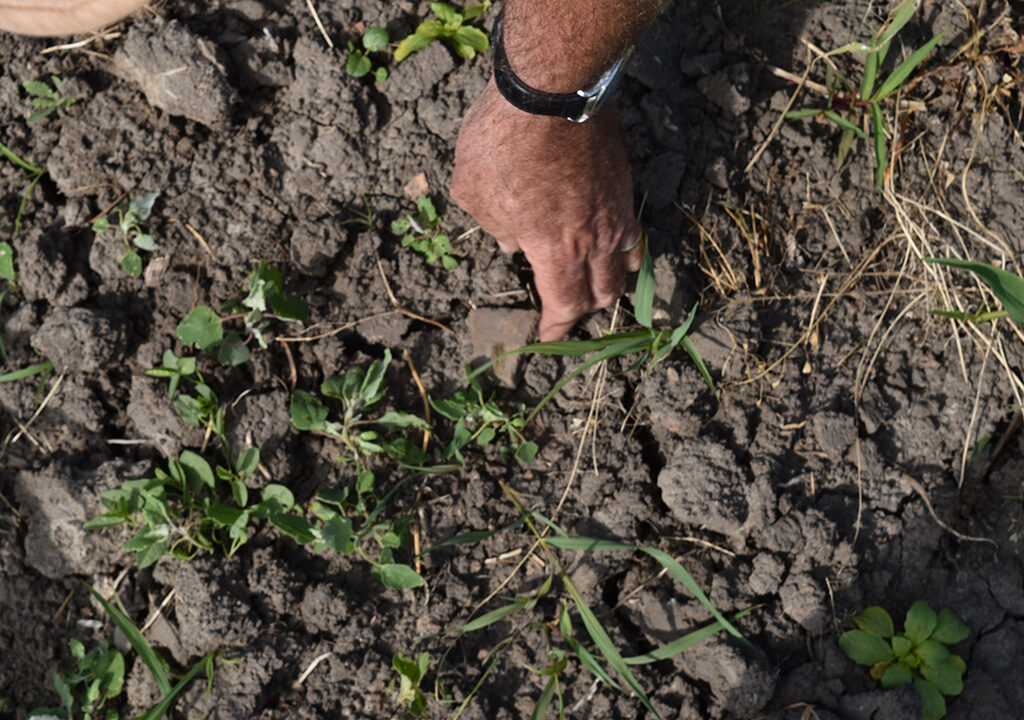
In Romania, Doonan and his colleagues drove through rural farmland looking for hills, now covered with oak forests and sunflower fields, that by their shape indicate that they were once a hillfort. Once they identified a possible hillfort settlement, the team would survey the area, carefully walking the landscape, often between rows of crops, documenting pieces of pottery, stone and other items in the soil. Items often uncovered as farmers ploughed the land.
“We used hobby drones this year to help document as we walked the fields,” he said. “We’re hoping to get some high-resolution cameras equipped with thermal and laser-based LiDAR imaging capacities to develop a whole new approach to field surveying. That would be a game changer because the way we’ve doing it for the past 30-40 years that I have been in the field is to send out pretty big teams, 10 to 20 people, to comb the landscape. As you can imagine, that takes a huge amount of logistical effort and great expense. Surveying is really hard, slow work. If we could use the drone to do the preliminary large-scale survey, we would have more time and resources to do a more intensive investigation if they find something promising.”
What has been found so far suggests that the hillforts of the early Iron Age exhibit impressive evidence of community mobilization in the apparent absences of strong hierachical organization.
Doonan said archaeologists in other parts of Europe, including Spain, have proposed that community members would step forward and lead when their particular skill was needed — for instance, diplomatic, ritual or military prowess — and then recede back into to the community when the job was done.
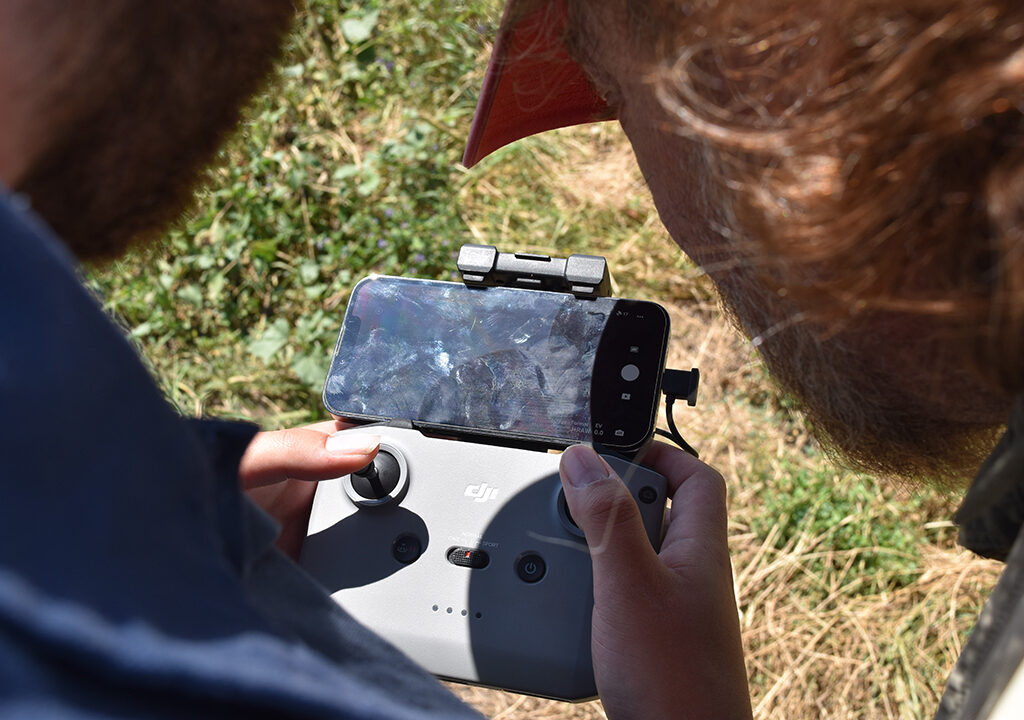
“There is no indication that those leaders passed on their positions to their children, or that a hierarchical position was more than temporary,” he said, adding that in this region more hierarchical types of society structure emerged later.
Doonan, who spent more than 20 years exploring the history of the Sinop region of Turkey on the southern side of Black Sea, said the research he and his colleagues are doing now is offering a “different take on the idea of colonialism” in the region.
From about 600 BCE onward, he said, the Greeks colonized the coastal areas of the Black Sea, including Sinop and Apollonia.
“From then on, what we see are changes, both in the Greek culture and in the indigenous cultures, as they encounter one another,” he said. “So, the big picture idea is that the diversity generated innovation. Diverse cultures coming together generated very exciting kinds of innovation that ended up with these indigenous kingdoms emerging. But I twist that dynamic a little bit.
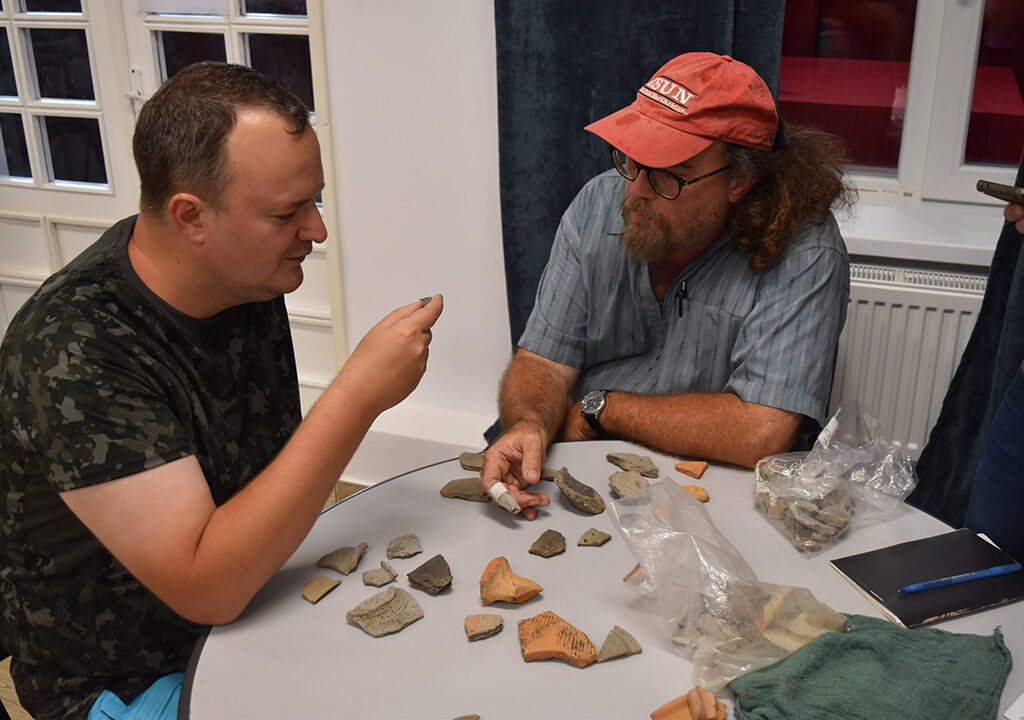
“What I am interested in is less the agency of the Greek colonies than the cultural ferment that bubbles up when diverse cultures come together,” he continued. “There has been this longstanding discussion about how much ‘Greek influence’ there is on local cultures. What I am trying to argue is that it’s not really Greek influence as much as the introduction of the two groups of cultures that are adjacent to one another and forced to grapple with cross-cultural issues that ends up creating this culturally creative space.”




Comments are closed.